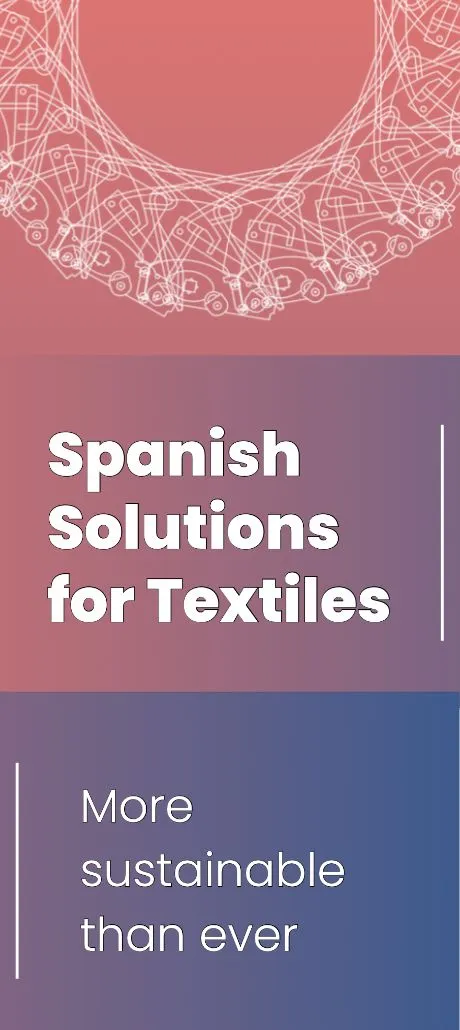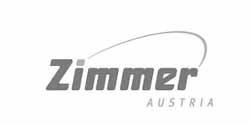In the competitive world of textiles, sourcing the best raw materials is crucial for businesses aiming to produce high-quality products. Whether you are a manufacturer, wholesaler, or retailer, understanding how to find the best textile raw material supplier is key to maintaining product consistency, cost efficiency, and market competitiveness. With a plethora of suppliers available worldwide, the challenge is to identify the most reliable, cost-effective, and high-quality sources.
Finding the right textile raw material supplier involves evaluating factors such as quality control, pricing, delivery efficiency, and sustainability practices. Additionally, businesses must assess suppliers’ credibility, reputation, and ability to meet specific industry standards. For companies looking to expand into international markets, especially in regions like Africa, choosing a supplier that aligns with local regulations and trade policies is vital.
As the textile industry evolves, platforms such as Kohan Textile Journal play a significant role in connecting businesses with leading suppliers. Through its extensive database, industry insights, and advertising opportunities, Kohan Textile Journal helps textile businesses streamline their supplier search and establish strong, profitable partnerships.
In this comprehensive guide, we will explore how to find the best textile raw material supplier, outlining critical factors to consider, steps to take for successful supplier selection, and how businesses can benefit from advertising with Kohan Textile Journal.
Get more exposure to textile experts
Key Factors in Choosing a Textile Raw Material Supplier
1. Quality Assurance and Certifications
One of the most important aspects when selecting a supplier is their commitment to quality assurance. A good supplier should provide:
- Certification from recognized industry bodies (ISO, OEKO-TEX, GOTS, etc.).
- Consistent quality control measures.
- Sample testing and lab reports.
- A track record of compliance with international standards.
- A well-documented process for ensuring uniform quality across batches.
- Strong quality inspection policies to prevent defective materials from reaching customers.
2. Pricing and Cost Efficiency
While cost should never be the only deciding factor, it plays a significant role in supplier selection. Consider:
- Competitive pricing models.
- Bulk order discounts.
- Transparent cost breakdowns (material, labor, transportation, taxes).
- Payment flexibility and financing options.
- Hidden costs such as import taxes, handling fees, and supply chain overhead.
3. Supply Chain Reliability and Timely Delivery
Delays in raw material supply can disrupt production schedules and impact profitability. To ensure reliability, evaluate:
- Supplier’s production capacity.
- Logistics efficiency and lead time.
- Emergency supply arrangements.
- Backup sourcing options to prevent disruptions.
- Shipping methods and estimated delivery times.
- Supplier’s ability to scale production based on demand fluctuations.
4. Sustainable and Ethical Sourcing
Modern consumers and brands prioritize sustainability. Choose suppliers that adhere to eco-friendly practices, such as:
- Use of organic and recycled materials.
- Energy-efficient manufacturing processes.
- Ethical labor practices and fair trade certification.
- Reduction of carbon footprint through responsible sourcing.
- Transparency in sourcing and manufacturing processes.
5. Global and Local Sourcing Opportunities
Depending on your business needs, you may source materials locally or globally. Some benefits of each include:
- Local suppliers: Faster shipping, better communication, and lower import duties.
- Global suppliers: Wider variety of materials, competitive pricing, and access to specialty fabrics.
- Hybrid sourcing strategies: Balancing both local and international suppliers to ensure flexibility and cost efficiency.
- Regional strengths: Identifying the best regions for specific textile materials, such as cotton from Egypt or silk from India.
Steps to Find the Best Textile Raw Material Supplier
1. Conduct Market Research
Use online directories, trade shows, and industry journals like Kohan Textile Journal to discover reputable suppliers. Key resources include:
- Online supplier databases (Alibaba, Global Sources, etc.).
- Textile trade shows and exhibitions.
- Industry associations and networking events.
- Referrals from existing industry partners.
2. Check Supplier Reviews and Testimonials
Look for customer reviews, testimonials, and case studies to assess supplier performance and reliability. Consider:
- Third-party review platforms.
- Industry forums and discussion groups.
- Ratings and feedback from other businesses in the textile industry.
3. Request Samples and Evaluate Quality
Before committing to a supplier, request product samples to examine material quality and consistency. Check for:
- Material strength and durability.
- Consistency in color, texture, and finish.
- Compliance with industry standards and safety regulations.
- Response time and communication efficiency of the supplier.
4. Negotiate Terms and Establish a Contract
Once satisfied, negotiate terms including pricing, delivery schedules, and quality control measures before finalizing an agreement. Important factors include:
- Minimum order quantities (MOQs).
- Lead time commitments.
- Payment terms and conditions.
- Legal protections and dispute resolution mechanisms.
5. Build Long-Term Partnerships
Fostering long-term relationships with suppliers can lead to better pricing, priority service, and more reliable supply chains. Key benefits include:
- Dedicated account management.
- Preferential pricing on bulk orders.
- Faster response to production needs.
- Enhanced collaboration on product development and innovation.
more : the future of the textile industry in the Middle East and Africa
Why Advertise with Kohan Textile Journal?
For businesses seeking visibility in the textile industry, Kohan Textile Journal offers a strategic platform for advertising. With a strong readership among industry professionals, manufacturers, and suppliers, advertising in Kohan Textile Journal provides:
- Targeted exposure to key decision-makers.
- Increased brand awareness and credibility.
- Opportunities to connect with global textile raw material suppliers.
- Enhanced lead generation and customer acquisition.
- A platform for showcasing new products, innovations, and industry insights.
By leveraging Kohan Textile Journal’s network, businesses can efficiently market their products, attract high-quality suppliers, and stay updated on industry trends.
FAQs about Finding the Best Textile Raw Material Supplier and Africa
1. How can I verify the credibility of a textile raw material supplier?
You can verify supplier credibility by checking certifications, customer reviews, and requesting references from other businesses that have worked with them. Visiting supplier facilities and conducting on-site audits can also be beneficial.
2. What are the best countries to source textile raw materials from?
Countries like China, India, Turkey, and Pakistan are known for their textile production. Africa is also emerging as a key supplier, offering competitive pricing and natural fibers. Countries such as Egypt, South Africa, and Ethiopia are growing hubs for textile manufacturing.
3. What challenges do businesses face when sourcing textile raw materials from Africa?
Challenges include logistical hurdles, regulatory compliance, and varying quality standards. However, with proper research and partnerships, Africa offers significant opportunities, including access to sustainable and cost-effective textile resources.
4. How does sustainability impact the choice of a textile raw material supplier?
Sustainability is a growing concern, and many brands prefer suppliers with eco-friendly practices, such as organic cotton production, water-efficient processing, and ethical labor standards.
5. How can Kohan Textile Journal help businesses find the best textile raw material suppliers?
Kohan Textile Journal provides industry insights, connects businesses with reputable suppliers, and offers advertising opportunities to enhance visibility within the textile sector. Businesses can leverage the platform’s expertise to streamline their supplier search and establish strong industry connections.
By following the strategies outlined in this guide, businesses can successfully navigate the supplier selection process and build strong partnerships for long-term success.
































